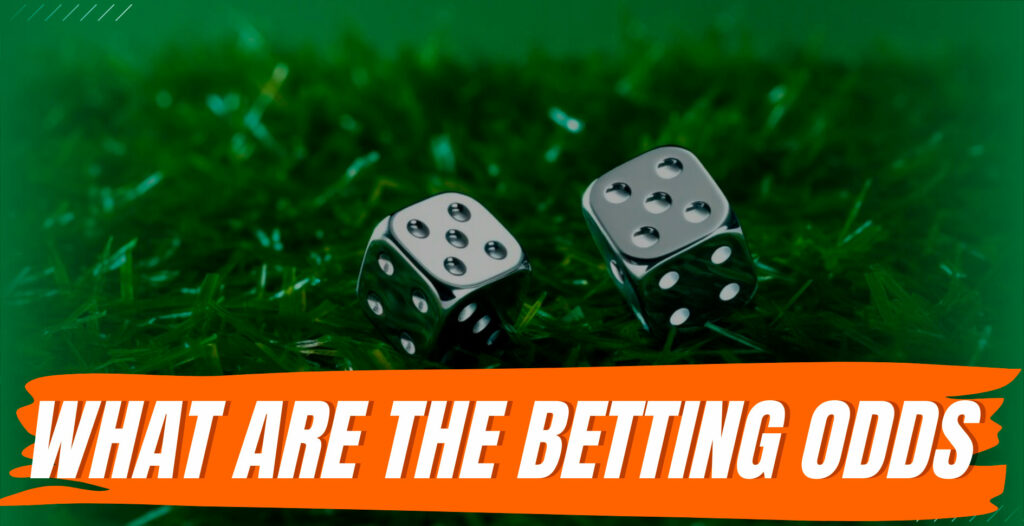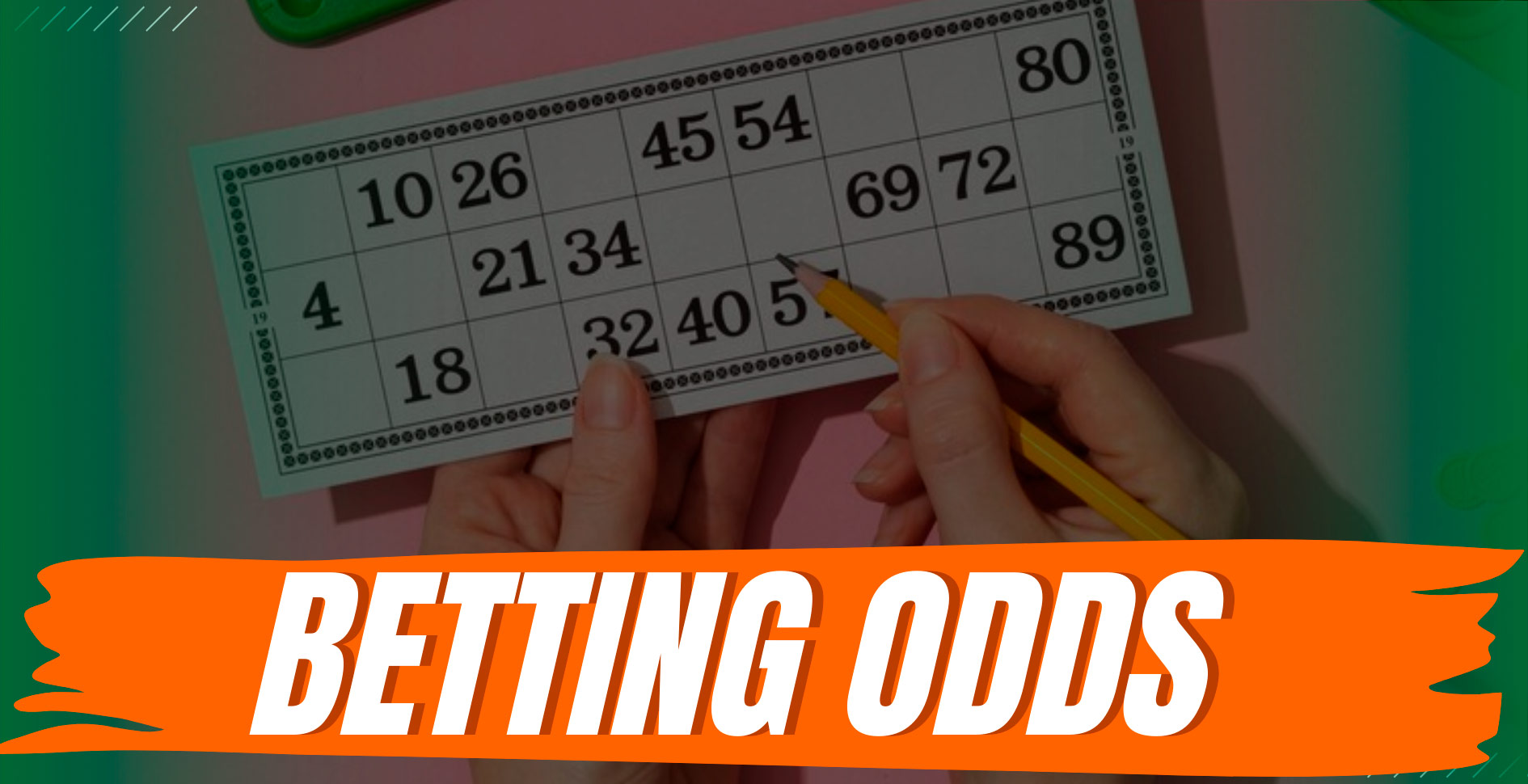Betting odds are the backbone of any gambling or sports betting experience. For someone new to betting, understanding odds can be a bit daunting, but once you grasp their meaning and structure, the process becomes straightforward. This article will explore what betting odds are, the different types, and their key features.
What are the Betting Odds?

At their core, betting odds represent the probability of an outcome occurring in a sporting event or another betting scenario. They indicate how much a bettor will win relative to their stake. Odds are set by bookmakers and fluctuate depending on various factors such as player form, injuries, public sentiment, and more.
In simple terms, betting odds answer two questions:
- What are the chances of an event happening?
- How much can I win if I place a bet?
There are three main types of betting odds used worldwide, each following a different format:
- Decimal Odds;
- Fractional Odds;
- American (Moneyline) Odds.
Decimal Odds
Decimal odds are the most commonly used format in Europe, Canada, and Australia. They are straightforward and easy to understand, which makes them popular among bettors. The formula for decimal odds is:
Total Payout = Stake x Decimal Odds
For example, if the odds for a team to win are 2.50, and you bet $100, your potential payout is:
$100 (stake) x 2.50 (odds) = $250 (total payout, including your stake).
Your net profit, in this case, would be $150 ($250 total payout – $100 stake).
Fractional Odds
Fractional odds are most commonly used in the UK and Ireland, particularly in horse racing. These odds are displayed as fractions, such as 3/1 or 5/2. The number on the left represents how much profit you will make if you bet the number on the right.
For instance, if the odds are 3/1, for every $1 you bet, you win $3 in profit. If you bet $100 at 3/1 odds, your total payout would be $400 ($300 profit + $100 stake).
Similarly, odds of 5/2 mean you will win $5 for every $2 you wager. If you bet $100 at 5/2 odds, your payout would be $350 ($250 profit + $100 stake).
American (Moneyline) Odds
American odds, also known as Moneyline odds, are popular in the United States. They can be either positive (+) or negative (-). The positive odds indicate how much profit you can make from a $100 stake, while the negative odds show how much you need to stake to win $100.
- Positive Odds (+): If a team has odds of +200, it means that for every $100 you bet, you will win $200. So, a $100 bet would give you a total payout of $300 ($200 profit + $100 stake).
- Negative Odds (-): If a team has odds of -150, it means you need to bet $150 to win $100. A $150 bet would result in a total payout of $250 ($100 profit + $150 stake).
Features of Betting Odds
Betting odds are influenced by several factors, and understanding these features will help bettors make informed decisions:
- Probability. Odds reflect the bookmaker’s estimation of the likelihood of an event occurring. The lower the odds, the more likely the event is to happen. For example, if a team has 1.50 odds to win, the bookmaker believes they are more likely to win compared to a team with 3.50 odds.
- Implied Probability. Implied probability is derived from the odds and represents the percentage chance of a particular outcome occurring. The formula for calculating implied probability from decimal odds is:
- Implied Probability = (1 / Decimal Odds) x 100. For example, if the odds are 2.50, the implied probability is (1 / 2.50) x 100 = 40%. This means the bookmaker is giving a 40% chance of that outcome happening.
- Margin (Overround). Bookmakers build a margin (or overround) into the odds to ensure they make a profit regardless of the outcome. This margin often results in odds that do not precisely reflect the actual probability of an event. A good bettor will look for odds where the bookmaker’s margin is lower or where the odds seem favorable compared to the true probability.
- Fluctuating Odds. Odds are not static; they change over time. Several factors, including team news, injuries, public sentiment, and betting volume, can cause odds to shift. Bettors who can anticipate these fluctuations can potentially find better value by placing bets at the right time.
Last words about odds in betting
Understanding the types and features of betting odds is essential for anyone looking to engage in sports betting or gambling. Whether you’re using decimal, fractional, or American odds, knowing how to calculate potential payouts, implied probability, and recognizing fluctuating odds will give you an edge.
Always remember, betting should be done responsibly, and a sound knowledge of odds can help you make more informed choices.
